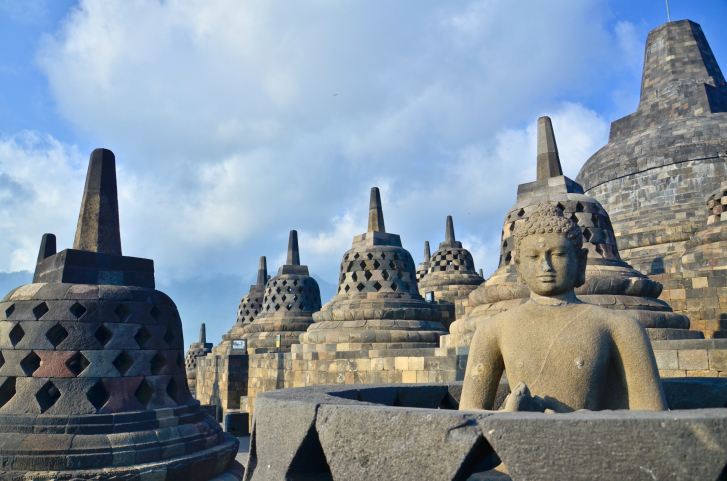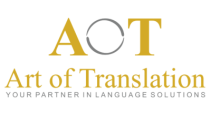Your Questions, Our Answers
We make it very easy for you to send us your documents:
You can email your documents to pm@aot.global.
You can upload your project directly to our website here: https://www.aot.global/upload-project
If your documents are larger in size, we can also provide you with a link to a secure, shared folder where you can upload files to. Call us for more information: (800) 577-0282.
Our translations are calculated either by word, page or hour, depending on the document format and what is involved in the project. If you have a document you need translating, please send it over, and we will provide you with a free quote.
We accept Credit card payments (+4% service charge), PayPal, bank transfers, and check.
Each project differs depending on complexity, but here is how our workflow looks on paper:
The client generates a quote request and provides files to AOT via email, Dropbox, or another preferred method.
AOT reviews the files and drafts a quote. We always strive to quote in 24 hours, but larger or more complicated projects may require a couple of days.
The client reviews the quote and sends over approval via email or Purchase Order.
The project goes into production. The Project Manager will advise the client on the delivery date.
The project is delivered to the client.
The client reviews the project and lets the Project Manager know that it is accepted and completed to their satisfaction.
AOT invoices the client.
Payment is made per the client guidelines and requirements.
The translation is written, and interpreting is spoken
We can translate most file formats; Word, Excel, InDesign, FrameMaker, .jpg/.png, etc., PDF, hard copy, scanned, HTML, etc. Unsure if your file can be translated? Contact us, and we will help you find the best solution.
Source language = the original language that we are translating from.
Target language = the language that we are translating into.
A notarized translation requires an embossed stamp, seal, and signature by a notary.
We can provide this additional service (charges apply).
A certified translation is accompanied by a signed Certificate of Accuracy by the professional translator. Unsure of what kind of translation you need, call us – we can help!
A sworn translator has been certified by the government of his or her residence. Once the translations are complete, they add a stamp to show their translations as accurate and faithful to the original document. Unsure if what you have will suffice, please call us! We can help you find a solution.
If all you have is an original hard copy of your document, you do not need to provide that to us. You can take a picture of it on your phone or scan it and send it via email.
Although we can facilitate clients who require Machine Translation for various reasons, we strongly believe that there is no replacement for the human element to translation. Very often, Machine Translation requires such a high level of post-editing that it is easier to translate by a human from the start. We highly recommend human translations!
Machines cannot understand the subtleties of language or cultural nuances (slang, dialects, etc.), context, style, and tone resulting in a lack of accuracy, and the original message is lost.
Pro:
Speed. If you need 1,000 pages of emails translated yesterday and need the gist of what it says, then a machine translation would be an option. However, due to the lack of time for post-editing, the quality will NOT be reliable.
Cons:
Quality of output. GT is NOT free because you will spend a lot of time and money correcting the text. Also, note that anything you add to GT is public, so there is a data security risk. Bottom line: Always work with a pro! Also, be careful if using Google Translate to translate text that contains personal, sensitive, or confidential data as it becomes the property of Google.
You will get a literal translation if you use machine translation or an unqualified/inexperienced translator. The machine will literally translate the words as they are, without any regard for the different meanings a word can have or context.
If a text contains an idiom, the translator, native in the target language, will either replace the idiom with an equivalent in the target language or re-create a similar idiom in the target language. The goal is for the reader to not even realize that the content they are reading is translated.
Free Machine Translation is a public online tool, such as Google Translate. In recent years we have started seeing Neural Machine Translation, where anyone using it contributes to the language database. For example, a sentence is translated from English into French and added to the relevant database. The next day another translator types in the same English sentence, and that French translation is given as a translation option. The translator reviews and either accepts it or edits it according to his taste. The pros of this are that the database is continuously updated and “trained” according to the corrections people add. Cons would be data security and not knowing who has contributed and whether they were experts in the target language. Thorough post-editing is still required.
Translation software or Computer Assisted Translation (CAT) is a paid-for program built around the core concept of translation memory, a method of capturing, storing, and reusing translations. This helps maintain language quality and keeps terminology consistent. A translation memory contains segments (sentences) in a source and target language created by an individual translator (it can be shared with others, but it is not public). It also can dramatically reduce the time needed to translate a text and the need for repetitive typing. More on this is explained in the next question.
A Translation Memory (TM) is a database that contains paired segments (sentences) of the source and target languages. A segment is a text that is a single translation unit to find a match in a translation memory. A translator creates a bi‐lingual TM for each client and each language pair so that the information is specific to each client. If a client has an existing list of preferred or industry‐specific terminology, this can be imported into the CAT tool to save the TM's preferred terms. Each time a segment of text is translated, the corresponding translation unit is added to the translation memory and stored for future use and reference. This way, the translation memory grows dynamically during the translation process.
- It will save the client money because discounted rates are given to the client for repetitions and 100% matches.
- It increases a translator’s productivity, enabling you to deliver the project back to the client quicker.
- It reduces the translator cost. Translators themselves offer discounted rates for repetitions and 100% matches (some also for fuzzy matches).
- It will make the translations better, more accurate, and consistent.
Desktop Publishing (DTP) means creating documents using page layout software.
These programs allow for easy formatting of documents to include images and visual displays. Documents that require DTP include brochures, manuals, marketing pieces, etc.
Document Formatting Services means all other services that involve documents in different formats. We can convert your document from one format into another. For example, if you only have a scanned version of your document, we can convert it into a Word document, matching the original format for you. If you have a document created in Word or FrameMaker format and prefer it in InDesign, we can change it. Your document will look exactly the same but in a different format. We can also convert PDFs into Word or other formats for you. Unsure of what solution is best for your document? Call or email us for information.


